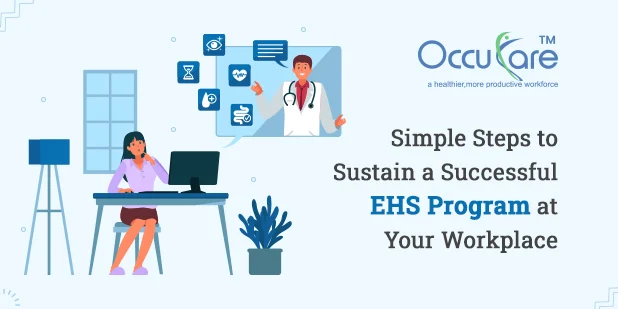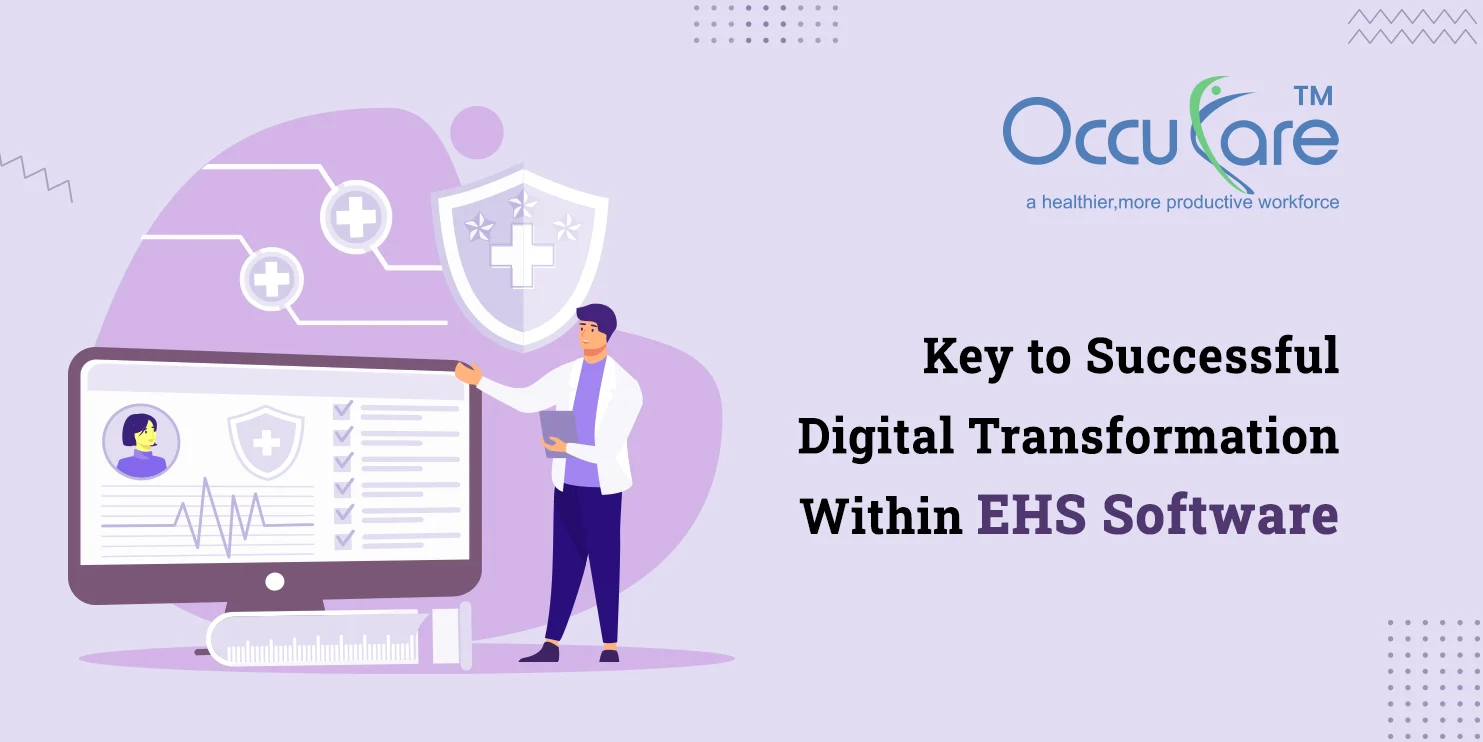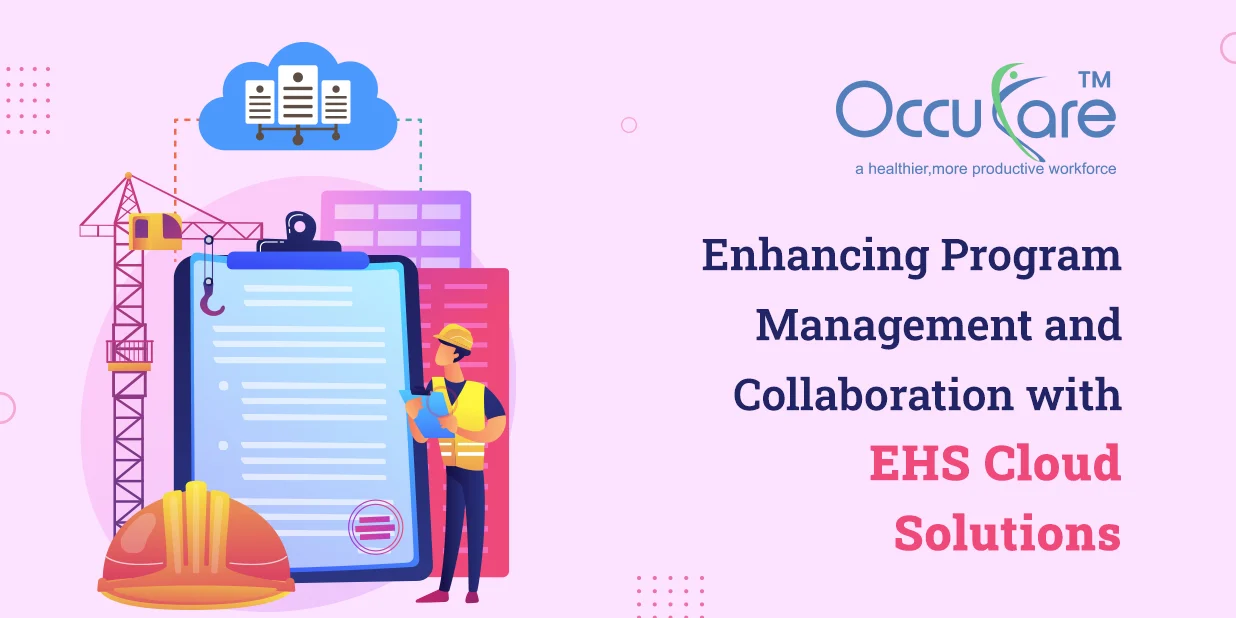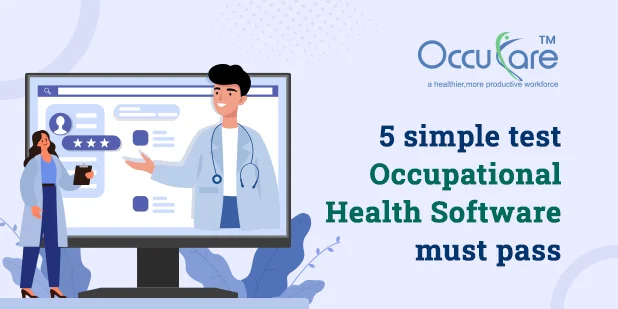A robust Environmental, Health, and Safety (EHS) program, supported by an efficient EHS management system and EHS software, is crucial for any workplace to ensure the well-being of employees, safeguard the environment, and maintain compliance with regulations.
In this blog, we will discuss simple yet effective steps that organizations can take to ensure their EHS program, supported by the right EHS management system and software, remains strong and impactful over the long term.
1. Leadership Commitment:
The foundation of any successful EHS program lies in the commitment of top-level management. Leaders must demonstrate a genuine dedication to the program’s goals and actively participate in its implementation. This commitment should be communicated clearly to all employees to foster a culture of safety and responsibility throughout the organization.
2. Regular Training and Awareness:
Employee engagement and education are essential components of a thriving EHS program. Regular training sessions should be conducted to ensure employees are aware of potential hazards, safety protocols, and the importance of adhering to EHS guidelines. Encouraging open communication about safety concerns and providing channels for reporting incidents will create a more proactive safety culture.
3. Risk Assessment and Hazard Mitigation:
Conducting periodic risk assessments is critical to identify potential hazards in the workplace. These assessments can help in developing effective mitigation strategies to minimize or eliminate risks.
4. Empower Safety Representatives:
Appointing safety representatives from different departments or teams empowers employees to take ownership of safety matters. These representatives can act as liaisons between the workforce and management, promoting safety initiatives, and addressing concerns at the grassroots level.
5. Performance Monitoring and Data Analysis:
Implementing key performance indicators (KPIs) and tracking them consistently allows organizations to measure the effectiveness of their EHS program. Analyzing incident reports, near-miss occurrences, and other safety-related data, using EHS management software, can provide valuable insights to identify trends and make data-driven improvements.
6. Encourage Employee Involvement:
Employees who actively participate in the EHS program are more likely to feel invested in its success. Encourage them to contribute ideas, suggestions, and feedback related to safety practices. Recognize and reward individuals and teams for their contributions towards maintaining a safe and healthy work environment.
7. Continuous Improvement:
An effective EHS program, supported by an EHS management system, is not static; it should continuously evolve to adapt to changing circumstances and emerging best practices. Regularly review the program’s performance, seek feedback from employees, and stay updated with the latest regulations and industry standards to make necessary adjustments.
8. Collaborate with External Resources:
Networking with industry peers, participating in EHS conferences, and collaborating with external experts can provide valuable insights and fresh perspectives. Benchmarking your organization against others can help identify areas for improvement and set realistic goals.
Conclusion:
Sustaining a successful EHS program, backed by an efficient EHS management system and EHS management software, requires a proactive approach, strong leadership commitment, and active employee involvement. By fostering a safety-first culture and continuously improving the program based on data and feedback, organizations can ensure the well-being of their workforce, protect the environment, and achieve long-term success in their operations. Remember, a safe workplace is a productive workplace!








